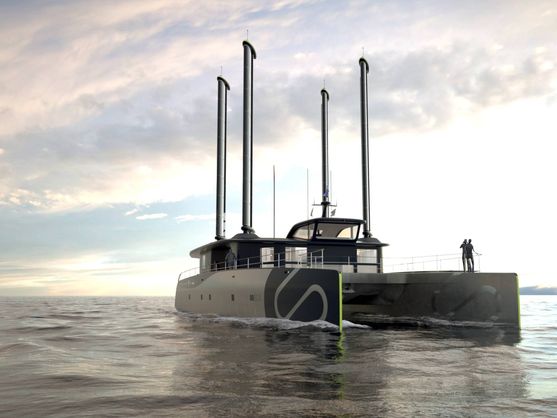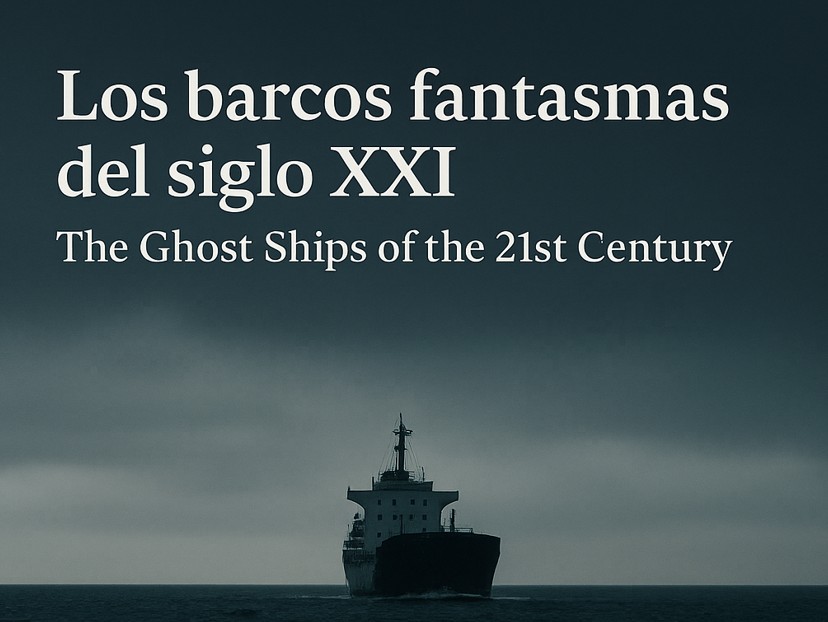
The RONM Modernizes Maritime Navigation
Publication by Enrique Sanmartín Gómez in Mar The approval of the Maritime Navigation Regulation (RONM) drives the digitalization of procedures,

Article from El Confidencial
During its first voyage a few years ago, the vessel Energy Observer sailed more than 68,000 nautical miles, equivalent to three trips around the world, to demonstrate the viability of a combination of renewable energies: hydrogen, solar, and wind. And it went so well that its creators and partners are repeating the experience, as the fuel cell technology will once again be present on the vessel. This time, it will undertake a much more demanding adventure, as it will set sail this year and is scheduled to complete its planned itinerary in 2033. In other words, a nine-year journey to continue showcasing the possibilities for the future of transportation from the combination of these three elements: photovoltaic solar energy, wind energy, and the fuel cell.
The nine-year journey, titled “In search of carbon neutrality,” will aim to explore and develop a range of technical solutions for sustainable and decarbonized maritime transport. From 2025 to 2026, the first floating laboratory, Energy Observer, will continue its missions in Europe, equipped with Toyota’s fuel cell system. This system has played a key role in its carbon-free energy chain, generating zero-emission power on board that is used to decarbonize both the marine propulsion and the on-board power systems.
In 2027, the Energy Observer 3 will take over—a new-generation expedition catamaran that promises to mark a new stage in the quest for a maritime energy transition. In preparation for this milestone, Energy Observer and Toyota are collaborating to study and explore the integration of the Japanese giant’s fuel cell system into the new vessel’s energy architecture, which combines multiple complementary renewable energy sources.
Full article <here>

Publication by Enrique Sanmartín Gómez in Mar The approval of the Maritime Navigation Regulation (RONM) drives the digitalization of procedures,

In the margins of global trade, the so-called ghost ships sail silently. They are not relics of a bygone era,